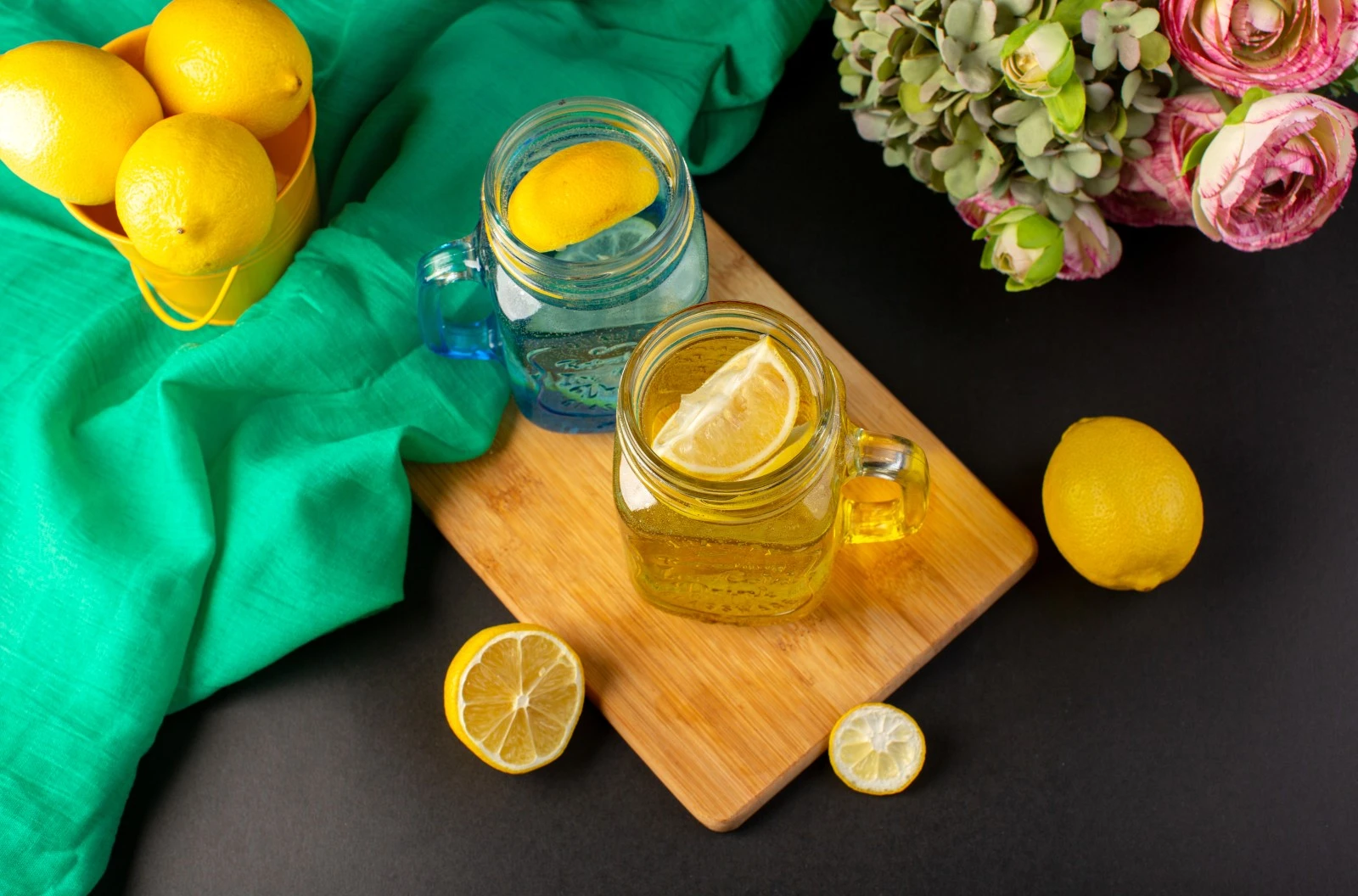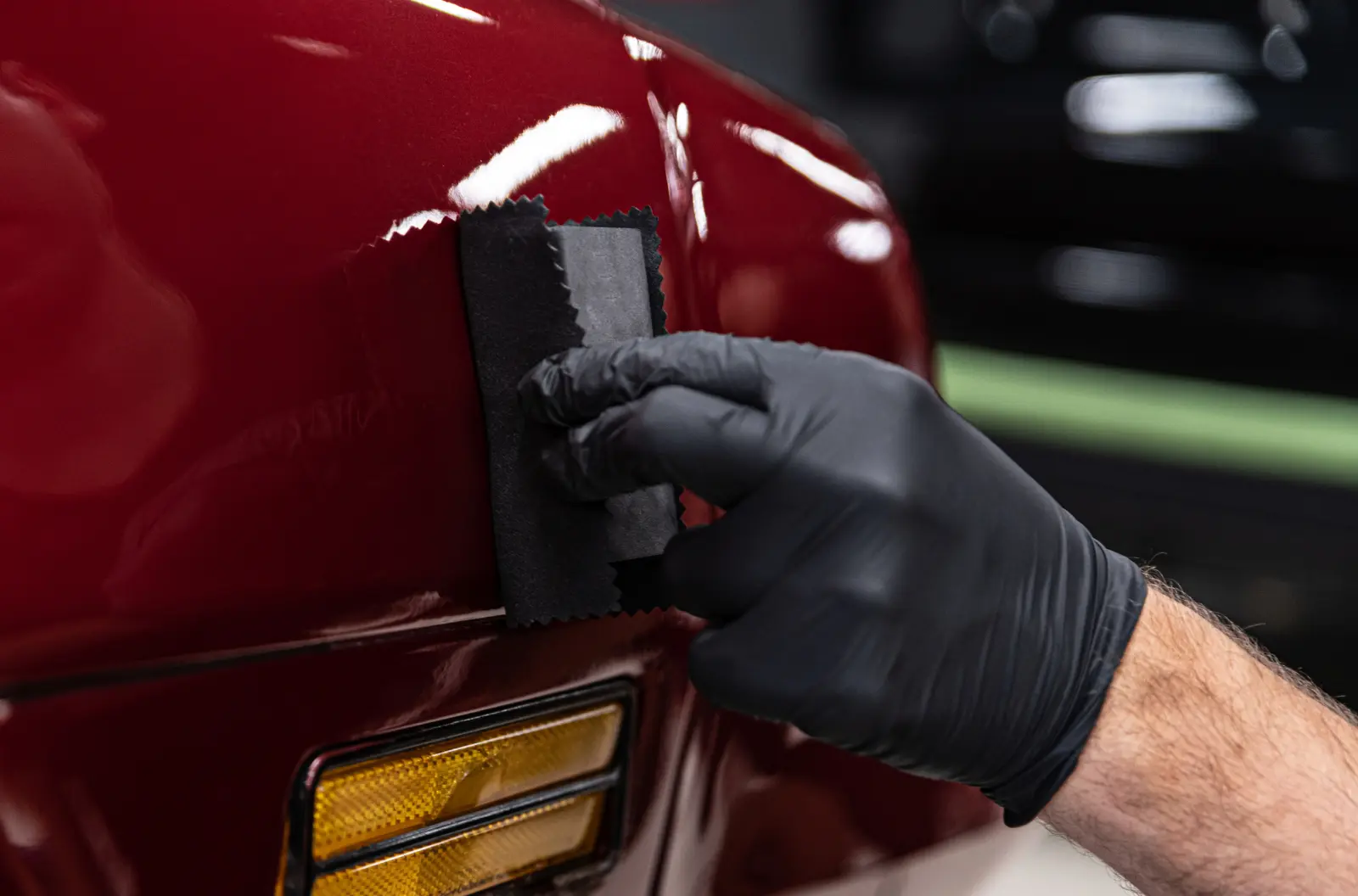TABLE OF CONTENTS
Menu
TABLE OF CONTENTS
Menu
D-Limonene, a vibrant citrus-scented compound found in citrus fruit peels, has emerged as a natural solution for cleaning, pest control, and more. This article explores d-limonene’s diverse applications, from its role in eco-friendly products to DIY extraction methods. As we delve into how this natural terpene can enhance everyday life, we’ll uncover the benefits of incorporating d-limonene into your routine, emphasizing its effectiveness and environmental friendliness. Join us in discovering the practical and sustainable uses of D-limonene, a testament to nature’s ingenuity.
D-Limonene Uses
D-Limonene, derived from the peels of citrus fruits, is celebrated for its versatility across various domains. This naturally occurring compound not only delights the senses with its refreshing citrus scent but also serves a multitude of practical purposes. Here, we delve into the wide array of applications for d-limonene, highlighting its significance in everyday products and industries.
Eco-Friendly Cleaning Agent
D-Limonene’s potent solvent properties make it a star ingredient in eco-friendly cleaning products. Its ability to dissolve oils, greases, and sticky residues without harsh chemicals renders it ideal for use in kitchen degreasers, bathroom cleaners, and window sprays. The bonus? It leaves behind a pleasant, natural citrus aroma.
Natural Pest Control
Gardeners appreciate d-limonene for its efficacy as a natural pesticide. When applied to plants, it acts as a deterrent for pests like aphids and mites, offering a safer alternative to synthetic pesticides. It’s particularly favored in organic farming and gardening practices.
Personal Care and Cosmetics
In the realm of personal care, d-limonene is a popular additive in soaps, shampoos, and lotions, thanks to its fragrance and skin-enhancing properties. It also plays a role as a penetration enhancer, helping other beneficial ingredients absorb more effectively into the skin.
Flavoring Agent
D-Limonene finds its way into the food and beverage industry as a natural flavoring agent. It imparts a zesty citrus note to a variety of products, including soft drinks, candies, and baked goods, enhancing their flavor profile with a hint of freshness.
Aromatherapy and Therapeutic Uses
The aromatic properties of d-limonene make it a sought-after component in aromatherapy. Its uplifting citrus scent is believed to have mood-enhancing effects, helping to alleviate stress and anxiety. Some studies also suggest potential therapeutic benefits, including digestive support and anti-inflammatory effects, although more research is needed to fully understand these applications.
Industrial Applications
Beyond consumer products, d-limonene is utilized in industrial settings as a safer alternative to petroleum-based solvents. It’s employed in the manufacturing of adhesives, rubber, and printing inks, and as a machine lubricant, showcasing its utility in more technical applications.
D-Limonene’s array of uses, from natural cleaning solutions and pest control to its inclusion in personal care products and industrial applications, underscores its value as a versatile, environmentally friendly compound. Its natural origin, coupled with its effectiveness and pleasant scent, continues to drive innovation in sustainable product development, making d-limonene a staple ingredient in a greener future.
How to Use D-Limonene for Cleaning
D-Limonene, with its potent citrus aroma and natural solvent properties, stands as an exceptional choice for eco-friendly cleaning. This section will guide you through leveraging d-limonene’s cleaning prowess to tackle household chores, ensuring a fresh and natural cleanliness.
General Household Cleaner
Simple D-Limonene All-Purpose Cleaner: Mix 1 part d-limonene with 10 parts water in a spray bottle. Add a few drops of dish soap to emulsify the mixture. Shake well before each use. This solution works wonders on countertops, appliances, and bathroom surfaces. The d-limonene cuts through grease and grime, while the soap helps to disperse it for easy wiping.
Grease and Adhesive Remover
Grease Stains: Apply d-limonene directly to greasy spots on kitchen surfaces or clothes. Let it sit for a few minutes to break down the grease, then wash off with soap and water. For clothing, launder as usual after treatment.
Sticker and Gum Remover: Dab a cloth with d-limonene and gently rub it over the sticky residue left by labels, stickers, or gum. The adhesive dissolves upon contact, making it easy to wipe away.
Carpet and Upholstery Cleaner
Spot Cleaning: Mix d-limonene with water (1:20 ratio) and add to a spray bottle. Spray lightly on the stained area and blot with a clean cloth. Always test on an inconspicuous area first to ensure colorfastness.
Safety and Precautions
How to Extract D-Limonene from Orange Peels
Extracting d-limonene from orange peels is a rewarding process that not only provides a useful, natural product but also contributes to waste reduction. This section outlines a simple, step-by-step method to extract d-limonene at home using common household items.
Materials Needed
Extraction Process
Preparation of Orange Peels:
Chopping and Soaking:
Adding the Solvent:
Cold Infusion:
Straining and Collecting the Extract:
Evaporating the Solvent:
Safety Precautions:
Extracting d-limonene from orange peels is a straightforward process that can be done at home with minimal equipment. This method not only recycles waste but also provides a versatile, natural product for cleaning, fragrances, and more. Whether you’re an enthusiast of natural products or looking to explore the potential of citrus peels, this DIY extraction offers both environmental and practical benefits.
How to Make D-Limonene at Home
Creating d-limonene at home is a straightforward process that allows you to harness the power of citrus peels, transforming what might be waste into a valuable, natural product. This section guides you through a simple method to extract d-limonene using materials and tools you likely already have in your kitchen.
Materials Needed:
Step-by-Step Process:
Collecting Citrus Peels:
Begin by gathering the peels from citrus fruits. Using organic fruits is recommended to avoid pesticides. Thoroughly wash the fruits before peeling. You can use a zester or peeler to remove the outer layer of the peel, minimizing the inclusion of the white pith, which can impart bitterness.
Drying the Peels:
Spread the peels out on a clean surface or a baking sheet. Allow them to dry naturally in a well-ventilated room or use a dehydrator set to a low temperature. The goal is to remove as much moisture as possible without cooking the peels.
Steam Distillation:
Once the peels are dry, you can proceed with steam distillation, a common method for extracting essential oils, including d-limonene.
Separating D-Limonene:
Allow the collected liquid to settle. D-Limonene, being lighter than water, will float to the top. You can then carefully decant or siphon off the d-limonene layer into a clean, dry glass container for storage.
Safety and Storage:
Making d-limonene at home through steam distillation is a rewarding DIY project that not only provides you with a versatile natural product but also promotes sustainability by repurposing citrus peels. Whether used for cleaning, as a natural pesticide, or simply for its refreshing scent, homemade d-limonene is a testament to the practical benefits of natural extraction methods.
How to Mix D-Limonene with Water
Mixing d-limonene with water might seem like a straightforward task, but due to d-limonene being an oil-based compound and water being polar, the two do not naturally mix. However, with the right approach, you can create a stable emulsion for various uses around the home. This guide will walk you through the process of mixing d-limonene with water effectively.
Understanding Emulsions
An emulsion is a mixture of two liquids that don’t usually mix, such as oil and water. Creating a stable emulsion involves dispersing one liquid (in this case, d-limonene) in another (water) in the presence of an emulsifier, which helps stabilize the mixture.
Materials Needed:
Steps to Create a D-Limonene and Water Emulsion
Choosing an Emulsifier:
Select an appropriate emulsifier that is compatible with d-limonene and safe for the intended use (cleaning, skincare, etc.). Polysorbate 20 is widely used for its effectiveness and mildness.
Measuring Ingredients:
Mixing the Emulsion:
Stability Test:
Tips for Use
Creating a water-diluted d-limonene solution involves understanding the basics of emulsions and the role of emulsifiers. This method allows you to harness the cleaning power and fragrance of d-limonene in a water-based formula, expanding its applicability. Whether for homemade cleaners or personal care concoctions, mixing d-limonene with water opens up a realm of possibilities for natural, effective solutions.
How to Dilute D-Limonene
Diluting d-limonene properly is essential for its safe and effective use across a variety of applications. While d-limonene is a powerful natural solvent known for its citrus scent and cleaning capabilities, its concentration needs to be adjusted depending on the intended use to ensure safety and efficacy. This guide will provide insights into diluting d-limonene for different purposes, from cleaning solutions to personal care products.
Understanding Concentration
Before proceeding with dilution, it’s crucial to understand the concentration levels of d-limonene required for various applications. A highly concentrated d-limonene solution might be more effective for heavy-duty degreasing, whereas a lower concentration is preferable for general household cleaning or skin care products to minimize potential irritation.
Materials Needed
Steps for Dilution
Decide on the Desired Concentration:
Choose a Carrier:
Calculate the Amounts:
Mixing with Water (for Cleaning Products):
Mixing with Carrier Oil (for Personal Care Products):
Safety and Usage Tips:
Diluting d-limonene correctly is key to harnessing its benefits safely and effectively. Whether you’re creating a natural cleaning solution or incorporating d-limonene into a skincare routine, understanding how to adjust its concentration for specific applications ensures you can enjoy the natural potency of d-limonene with peace of mind. Always prioritize safety and test your diluted products to ensure they meet your needs.
How to Use D-Limonene
D-Limonene, celebrated for its refreshing citrus aroma and powerful solvent properties, offers a wide array of applications that span from home cleaning solutions to personal care and health. Understanding how to harness this versatile compound effectively can enhance your natural product repertoire. Below, we explore various ways to incorporate d-limonene into daily routines, ensuring safety and effectiveness.
Household Cleaning
Surface Cleaner: Utilize a diluted d-limonene solution (refer to the “how to dilute d-limonene” section for preparation) to clean kitchen countertops, bathroom tiles, and other hard surfaces. Its natural grease-cutting ability makes it ideal for removing stubborn stains and buildup.
Glass Cleaner: Mix d-limonene with water and a small amount of vinegar for a streak-free glass cleaner. This mixture works well on windows, mirrors, and glass surfaces, leaving them sparkling clean.
Degreaser: For tougher grease spots on stovetops or kitchen appliances, apply a more concentrated d-limonene solution directly to the area, let it sit for a few minutes, then wipe clean with a damp cloth.
Personal Care
Skin Care: Incorporate a small percentage of d-limonene into homemade lotions or creams for its fragrance and potential skin benefits. Always ensure the concentration is low (1-2%) to prevent skin irritation and perform a patch test before widespread use.
Hair Care: Add d-limonene to shampoos or conditioners for an invigorating citrus scent. It can also help dissolve oily buildup on the scalp, leaving hair feeling refreshed.
Pest Control
Natural Insect Repellent: Apply diluted d-limonene on window sills, door frames, or directly onto plants as a natural deterrent against pests like ants and aphids. Its strong scent and solvent properties make it unappealing to many insects.
Aromatherapy
Mood Enhancer: Use d-limonene in diffusers to fill your space with a uplifting citrus aroma. Its fragrance is believed to help reduce stress and enhance mood, making it a great addition to any relaxation routine.
Safety Precautions
D-Limonene’s natural efficacy and pleasant scent provide an eco-friendly solution to numerous household, personal care, and health-related needs. By understanding how to safely and effectively use this compound, you can tap into the power of citrus to enhance your living environment, personal wellbeing, and even garden health. Always remember to use d-limonene responsibly, respecting its potency and potential impact on different surfaces and skin types.
Conclusion
Exploring the versatile uses of d-limonene reveals its remarkable potential to naturally enhance cleaning routines, personal care regimens, and even pest control methods with its refreshing citrus scent and powerful solvent properties. By understanding how to effectively dilute, mix, and apply d-limonene, individuals can harness this eco-friendly compound to create safer, greener alternatives to conventional products. Embracing d-limonene in various aspects of daily life not only promotes a healthier living environment but also demonstrates a commitment to sustainability and the innovative use of natural resources.
Contact Us
Questions or looking for a quote?





